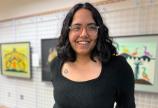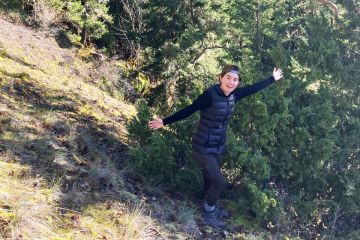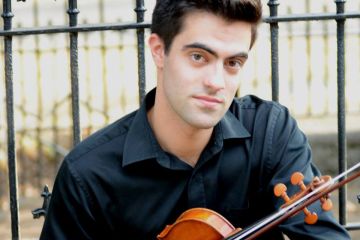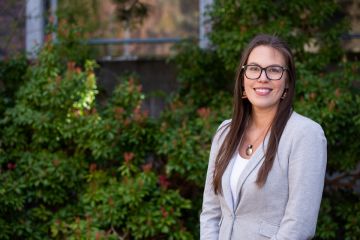Passion for art history fuels an international experience
- John Threlfall
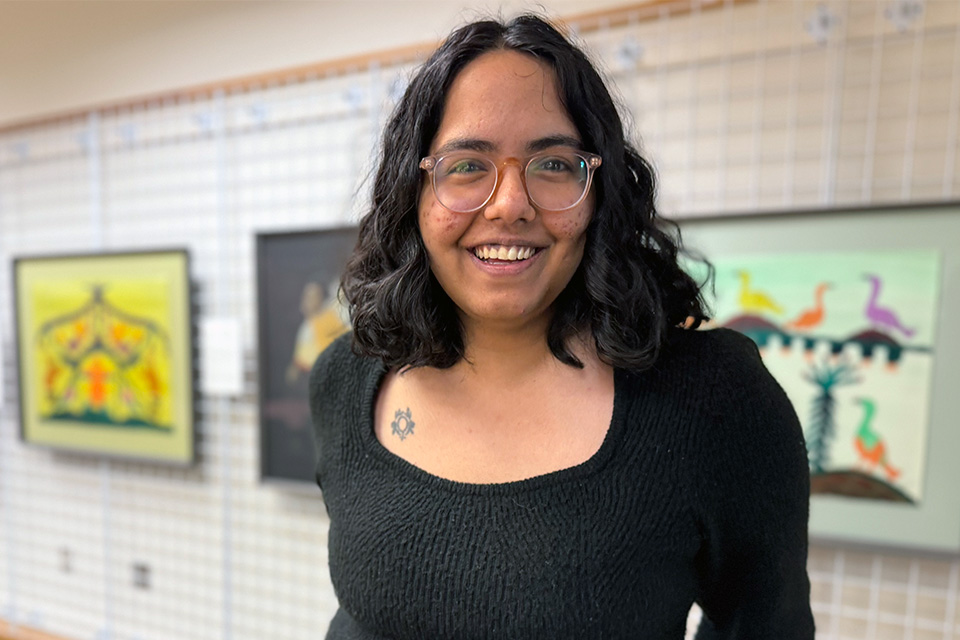
Taking online classes during the COVID-19 pandemic at 3 a.m. India-time may not have been the ideal first-year experience, but it didn’t deter Aashna Kulshreshtha from enthusiastically pursuing her undergraduate degree in art history at UVic.
Born and raised in New Dehli, Aashna finished high school at an international boarding school in Uttarakhand, India, before initially enrolling at a university in Rome. Unfortunately, she found that particular art history program to be excessively Eurocentric, which didn’t particularly match her own interests. “We spent months on Italy and France, but only did a week on India and Mexico, which were clearly not so important from their perspective,” she recalls. “We weren’t even going to be tested on them!”
Unimpressed with Rome, Aashna was attracted by the buzz around UVic’s Department of Art History & Visual Studies, which offered a far more international approach to the field—despite Victoria being significantly smaller than either New Dehli (population 33 million) and Rome (4.3 million).
“Going to school in Rome prepared me to be in a culture that wasn't Indian, but it also meant I've always been a third-culture kid everywhere I've gone,” she admits with a quick laugh. “So yeah, I had a bit of culture shock when I came here, but I don't know from which culture.”
In contrast to the Roman university’s excessive focus on big movements (Baroque, Renaissance), Aashna has been energized by UVic’s more global approach. “I was just so surprised to see the amount of diversity here and the focus on Indigenous cultures, which had never even been brought up before in other places,” she says.
UVic is a great place to study art history because the people here will support you and believe in you and are there to help you get your work done. Every day I found people in the department who would tell me what I could do with my degree, what they’ve done with it. Honestly, that open dialogue has been the most important thing for me.
— Aashna Kulshreshtha
Despite a childhood interest in history, Aashna feels the general attitude in India doesn’t exactly encourage cultural studies. “It’s all about making money there, and most people feel you can't really do that with these streams,” she says. “But art history is just a different way to help us understand the world: it's a more subjective look at a time and allows you to have more introspective conversations with that era. It can also help you find your own identity and—when you see that in a historical sense—it gives you a more holistic approach to past civilizations.”
Indeed, Aashna has been so taken with her studies that she’s already starting the Art History & Visual Studies Master’s program in the fall, looking at India’s own vibrant history of art.
“I'm interested in looking at the effects of colonialism on modern Indian art, specifically in the case of women—not only as artists but also subjects and patrons,” she explains. “When we think about the 1800s onwards, it's so influenced by colonialism; no one in India at that time was making art without the influence of colonialism. Even if they were rejecting it, the art was still in response to what was happening . . . that’s the research I'm wanting to pursue, in a very broad sense.”
Finally, what advice does she have for future students? “Get out of your comfort zone and keep an open mind, because what you're studying can really surprise you. Everyone tells themselves that they already know everything and don't need any help, but it’s so important to be open to new experiences.” She pauses and then laughs again. “Um, and keep frozen food handy. There's no shame in it—you have to eat!”
Enjoy reading UVic publications? Share your thoughts and shape the future of UVic publications by taking our survey.
Photos
In this story
Keywords: convocation, student life
People: Aashna Kulshreshtha
Publication: The Ring

